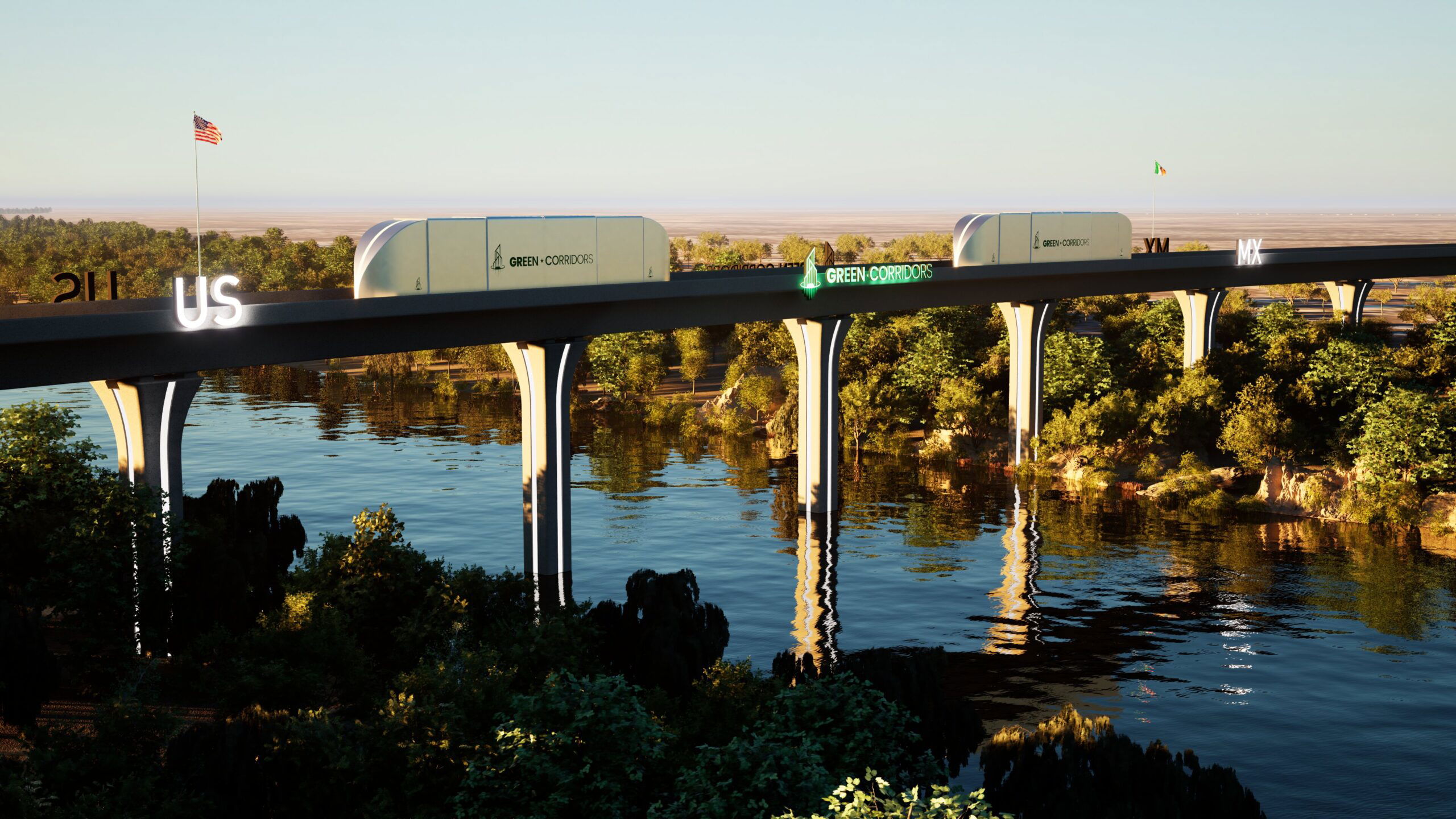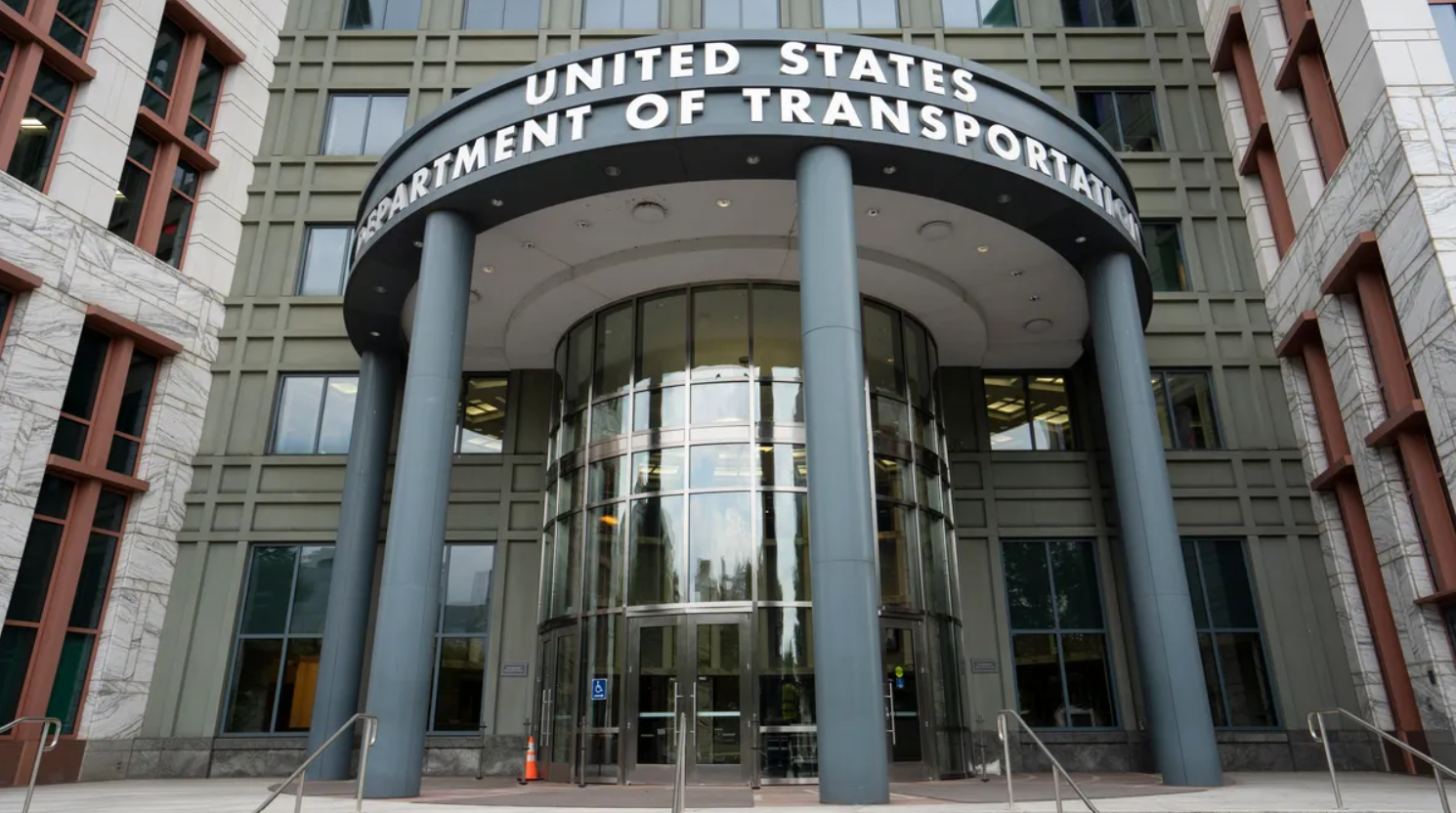The Growing Freight Demand: Is it Really a Win for Trucking?

Domestic freight demand is strong—and it’s getting stronger. But despite this, many trucking companies are skeptical, and the data doesn’t always back up the optimism. It’s a bit like when people were told the rising costs of groceries—up 20% since 2021—weren’t really a big deal, even as inflation was hitting everyone hard.
There’s no attempt to downplay the trucking industry’s challenges, but it’s important to understand how freight markets are being shaped by the controversial tariff proposals from President-elect Donald Trump. These proposals could impact both the immediate future and the long-term outlook for the industry.
The Surge in Freight vs. The Overcapacity Problem
Over the past few months, shippers have rushed to bring in a huge amount of goods to the U.S., mostly to avoid expected tariffs. This surge in imports has caused the U.S. trade deficit to skyrocket, reaching its highest point since April 2022. While this influx of freight is noticeable, many trucking companies are wondering why it hasn’t resulted in a stronger recovery for them.
The truth is, freight markets depend on the balance of supply and demand. Freight demand may be growing faster than many expected, but the market is still flooded with too many trucks. The result is that freight rates are staying low, and carriers are struggling with a sense of pessimism that has lasted for over two years.
Think of it like a giant harvest: there’s plenty of food to go around, but there are too many people trying to get a bite. While it seems likely that the oversupply of trucks won’t last forever, similar predictions in the past have turned out to be wrong.
Another issue weighing on the trucking industry is the slowdown in consumer spending. From 2017 to 2019, Americans spent an average of 3.7% more each year on goods. But in 2024, that number has fallen to just under 2%. Spending on durable goods like furniture and appliances has been even weaker, growing at a mere 2.5%, down from a pre-pandemic average of 5.6%.
The consumer spending boom of 2020-2021, which helped create today’s oversupply of trucks, was followed by the inflationary pressures of 2022. As prices shot up, consumers found themselves relying more on credit to make ends meet. Now, they’re pulling back on unnecessary purchases, and that’s adding more pressure to trucking markets.
The Federal Reserve has been actively raising interest rates to curb inflation, which has made it more difficult for businesses to borrow money for investments. The industrial economy, especially manufacturing and construction, is feeling the pinch, and these sectors are some of the biggest drivers of freight demand.
The Impact of Tariffs
Despite the slowdown in consumer spending, there’s been massive growth in U.S. imports this year. Import volumes have been higher in 2024 compared to 2023, and in September, they actually outpaced the import levels seen during the record years of 2021 and 2022. For anyone who remembers the chaos at ports during those years, this is a big deal.
However, all this growth comes at a cost: the U.S. trade deficit has also widened, especially with China. While the trade deficit is a political hot button, a bigger deficit actually benefits trucking in the short term. It means more consumer spending on imported goods, and those goods have to be moved by rail and truck.
The downside is that the U.S. has become more dependent on foreign countries for essential goods. This can be risky, especially if political tensions rise.
Under Trump’s proposed tariffs, global trade is expected to become even more unpredictable. In addition to the tariffs from his first term, he’s now proposed a 60% tariff on Chinese goods and a 10% tariff on all imports.
The effects of these proposals are already being felt. Import bookings—the orders made months before goods arrive—have been at their highest levels since 2020. Rail freight is also seeing growth, with volumes increasing since June.
Yet, despite the increase in import volumes, trucking companies haven’t fully benefited. Shippers are so worried about the potential impact of future tariffs that many have chosen to store goods in warehouses or send them by rail, rather than rushing to get them onto trucks. The trucking industry’s share of this freight surge has been modest, suggesting that speed of delivery isn’t as much of a concern for shippers right now.
Long-Term Effects of Tariffs
The long-term effects of Trump’s tariff policies are still uncertain, but there’s a good chance they could push manufacturers to move more production back to the U.S. This process of “reshoring”—bringing manufacturing back home—has been happening for a while now, and the pandemic and trade tensions with China have only sped it up.
A major reason for this trend is the rising cost of labor in China. Between 2006 and 2021, hourly wages for Chinese manufacturing workers grew by 700%. In contrast, wages in Mexico have risen by just 5%. This shift is making it more cost-effective for companies to move production closer to home, where labor costs are still lower than in China.
If tariffs are raised, re-shoring could happen even faster. But critics argue that this could also reignite inflation. If Trump’s 10% tariff on all imports is enacted, financial markets are already expecting that it will drive up inflation and the national deficit. Higher inflation could prevent the Federal Reserve from cutting interest rates, or even push rates higher. This would likely hurt both manufacturing and consumer spending, leading to further struggles for trucking.
What’s Next for Trucking?
Even though the short-term effects of tariffs are already visible, the long-term impact remains uncertain. If reshoring accelerates, there could be a big demand boost for trucking companies. But this shift could also lead to imbalances in the freight market, as trucking companies may not be ready for the influx of shipments once production ramps up.
In the short term, the trucking industry will likely benefit from the import surge, but once tariffs are implemented, demand could slow down as fewer imported goods come in. As overcapacity clears out of the market, rates could rise, attracting more carriers back into the business. And with the cycle of boom and bust in the trucking industry, this could lead to another round of tight capacity down the line.
In summary, while there’s currently an uptick in freight volumes, trucking companies face mixed signals. The increase in imports is giving the industry a short-term boost, but long-term changes—such as tariffs and re-shoring—could lead to uncertainty and instability. As the market adjusts, the trucking industry will likely see new challenges and opportunities.
Cook Insurance Group: Your Partner in Trucking Insurance
With over 20 years of experience in the trucking insurance industry, Cook Insurance Group offers unparalleled service and expertise. Serving large fleets, small fleets, single-owner operators, tow trucking operations, and charter bus lines, we focus exclusively on the trucking industry to provide the best insurance solutions. Our friendly, bilingual staff is dedicated to helping you find the right insurance protection at the right cost.
At Cook Insurance Group, we tailor our services to meet the specific needs of both small and large fleet trucking companies. Our representatives manage every aspect of your insurance program, ensuring you have the best plan for your unique needs. We offer immediate certificate and ID card issuance, 24/7 certificate availability, and a client portal for easy access to certificates, claim status, and policy details.
Our prompt and reliable service includes 24-hour claims reporting for physical damage and motor truck cargo.We also provide educational seminars for management and drivers, licensed risk managers to assist with CSA scores and driver training, border risk coverage (NAFTA), and mid-year loss run reviews. Whether you are located in Texas, Arizona, or Arkansas, choose Cook Insurance Group for all your trucking insurance needs.
Choose Cook Insurance Group for all of your trucking insurance needs whether you are located in Texas, Arizona or Arkansas.



